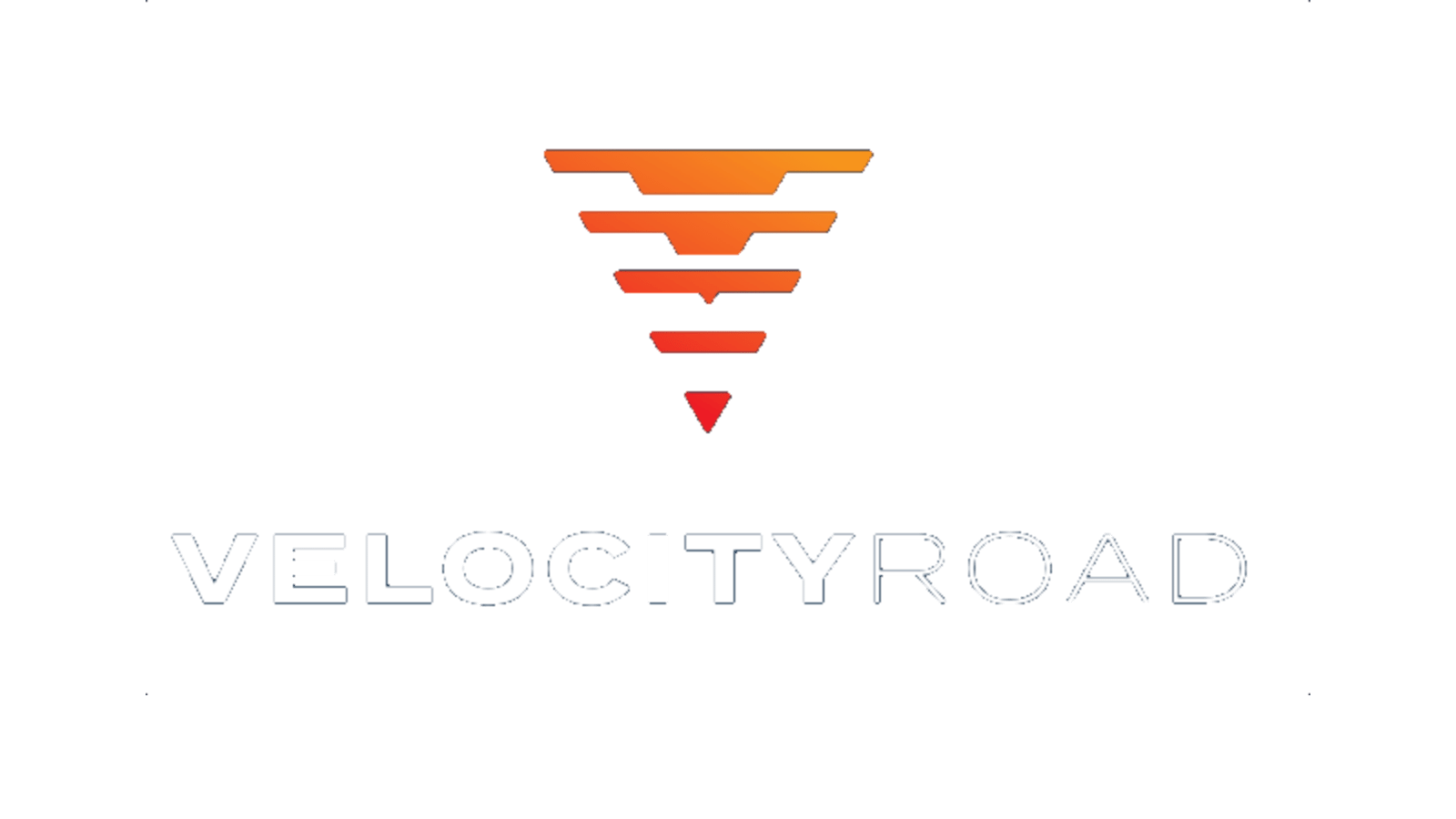Harnessing Automation: A Strategy for Middle-Market Profitability
With increasing competition and tightening margins, middle-market CEOs face the challenge of maintaining profitability. Automation presents a viable solution, offering efficiency gains, cost reductions, and an overall boost in productivity. As private equity investors support these CEOs, understanding how automation can be effectively implemented becomes crucial. By leveraging suitable automation technologies, middle-market companies can unlock significant value, ensuring optimal resource utilization while enhancing service delivery. We will explore how private equity-backed companies can strategically apply automation to drive profitability, evaluate the key areas for automation, and offer insights into crafting a seamless transition journey towards an automated future.
Identifying Key Areas for Automation

Middle-market CEOs must strategically pinpoint where automation will have the most substantial impact. First, assessing repetitive processes across departments is essential. These tasks often involve manual data entry, reporting, or customer support activities. Automating such processes can significantly reduce human errors and enhance consistency in outputs. By mapping these processes, companies can identify where automation brings precision and time efficiency.
Next, high-volume tasks are prime candidates for automation. These include areas like supply chain management, inventory control, and transaction processing. In these cases, automation can scale operations without corresponding increases in labor costs. This scalability leads to greater flexibility in responding to market demands and can dramatically improve turnaround times.
Data-rich environments are also ripe for automation. These environments often include financial modeling, forecasting, and performance metrics evaluation. Automation technologies like artificial intelligence and machine learning can analyze vast datasets faster and more accurately than manual methods. Implementing these technologies offers actionable insights and predictive analysis, allowing better strategic decision-making.
Conducting comprehensive audits is vital for identifying these areas. These audits should evaluate the efficiency of current processes, assess technological capabilities, and determine potential cost savings. Engaging third-party consultants can bring an unbiased perspective and expert insights into the audit process. Additionally, leveraging interdisciplinary teams within the company can help in identifying nuanced and overlooked areas suitable for automation.
Automating these key areas results in direct and indirect benefits. Companies can lower operational costs, increase productivity, and free up human resources for creative problem-solving and strategic activities. Improved service delivery becomes a reality as processes run smoothly without human-induced delays. Moreover, automation allows for better compliance tracking and error monitoring, reducing risks of regulatory setbacks.
For middle-market enterprises, starting small can lead to incremental successes that build confidence in automation. As seen in resources like how mid-market companies can identify their best AI opportunities, such approaches help in gradually scaling automation initiatives. Ensuring readiness for AI and automation while aligning with business goals can position companies for long-term profitability.
Implementing Automation: Tools and Techniques

Robotic process automation (RPA) stands out as an essential tool for mid-market enterprises aiming to streamline operations. It automates rule-based tasks, freeing up human resources for more strategic work. CEOs should assess how these tasks align with their core objectives to determine RPA’s fit. Similarly, AI-driven analytics offer predictive capabilities that enhance decision-making. These analytics tools provide insights derived from past data trends, improving both strategic planning and operational efficiency.
Machine learning algorithms further push the boundaries by identifying patterns that humans might overlook. This adaptability allows middle-market firms to refine operations consistently. Choosing the right machine learning tools depends on understanding the specific problems these enterprises need to solve. For CEOs, aligning these solutions with company objectives remains vital, ensuring technology investments deliver the expected returns.
The adoption of cloud-based solutions has become a cornerstone for scalable and flexible automation. These solutions enable businesses to manage increasing workloads seamlessly. Cloud technology also supports collaborative tools, facilitating better communication and project management across the enterprise. This infrastructure can be advantageous for mid-market firms, offering scalability without significant infrastructure investments.
To ensure successful implementation, companies must foster cross-functional teams. These teams include IT professionals, operational managers, and department heads who oversee integration efforts. Cross-discipline collaboration guarantees that automation solutions address the organization’s broader needs and objectives. This collaboration diminishes resistance by involving stakeholders in decision-making processes and fostering a shared vision for technological progress.
Selecting the right tools requires a deep understanding of the company’s operational landscape. CEOs should prioritize tools that offer not just a tactical advantage but also strategic improvements. Assessing the potential impact of automation on productivity, cost, and market responsiveness is crucial. Consulting resources such as employee training adoption can provide insights into preparing teams for this transition.
Overall, a strategic focus on the right automation tools and techniques can significantly enhance the profitability of private equity-backed enterprises. A successful automation strategy, therefore, hinges on careful tool selection, cross-functional collaboration, and a clear alignment with company objectives.
Measuring Success and Adjusting Strategies

Implementing automation in private equity-backed enterprises requires more than installation; it demands effective evaluation. Measuring success through data analytics and performance indicators provides insights into financial and operational impacts. Key metrics such as cost savings, productivity improvements, and return on investment (ROI) are pivotal.
Cost savings highlight direct financial benefits by comparing pre- and post-automation expenses. Reductions in labor costs and error rates translate into tangible figures reflecting automation’s economic value. Productivity improvements, on the other hand, showcase operational efficiency. Metrics such as output per hour and task completion times offer insight into gains made in workflow and throughput. These improvements often signal that automation is reducing bottlenecks and enhancing overall capabilities.
ROI provides a comprehensive view of automation’s financial efficacy, relating net returns to the initial investment. This metric allows for the evaluation of automation projects against traditional approaches. Higher ROI signals better allocation of resources, ensuring that the enterprise gains substantial value from its initiatives.
CEOs can leverage analytics to pinpoint areas ripe for further optimization. Adjustments might involve scaling successful elements or reevaluating underperforming aspects. By setting benchmarks and regularly assessing key performance indicators (KPIs), businesses can align automation efforts with strategic goals. For instance, if a specific process automation results in unexpected delays, root causes can be addressed promptly to mitigate future issues.
The continuous improvement cycle is critical. Analyzing data trends ensures that strategies remain responsive to business objectives. CEOs can adopt agile methodologies to instigate iterative enhancements, fostering a culture of responsiveness. This can lead to adaptation and increased competitiveness in the market.
For an in-depth look at identifying AI opportunities that can further drive profit, consider exploring how mid-market companies can refine their focus here. Aligning automation with broader AI strategies can significantly amplify enterprise value, ensuring investments pay dividends well into the future.
Final words
Automation presents middle-market companies, especially those backed by private equity, with a transformative opportunity to enhance profitability. By strategically identifying areas for automation, implementing the right technologies, and continuously measuring their impact, CEOs can significantly improve their operational efficiency and cost-effectiveness. Automation is not merely a trend but a necessity to stay competitive. It requires commitment to innovation, investment in the right tools, and a proactive approach to change. The journey to an automated, efficient enterprise promises substantial rewards for those willing to embrace the challenge.
Ready to accelerate your AI journey? Velocity Road helps companies like yours navigate AI adoption with clear strategy and execution. Let’s talk about how we can drive impact together. Schedule a consultation today.
Learn more: http://www.velocityroad.wpenginepowered.com
About us
Velocity Road is a cutting-edge AI consulting firm specializing in enterprise transformation through strategic AI adoption and workflow automation. Our team helps mid-market and private equity-backed companies navigate the complexities of AI, optimizing operations, enhancing productivity, and driving measurable business impact. By integrating AI-powered solutions, developing custom automation agents, and delivering tailored training programs, we ensure organizations unlock the full potential of artificial intelligence. Whether streamlining processes, identifying high-value AI use cases, or building scalable AI roadmaps, Velocity Road provides the expertise and strategic guidance needed to stay competitive in an increasingly AI-driven world.




